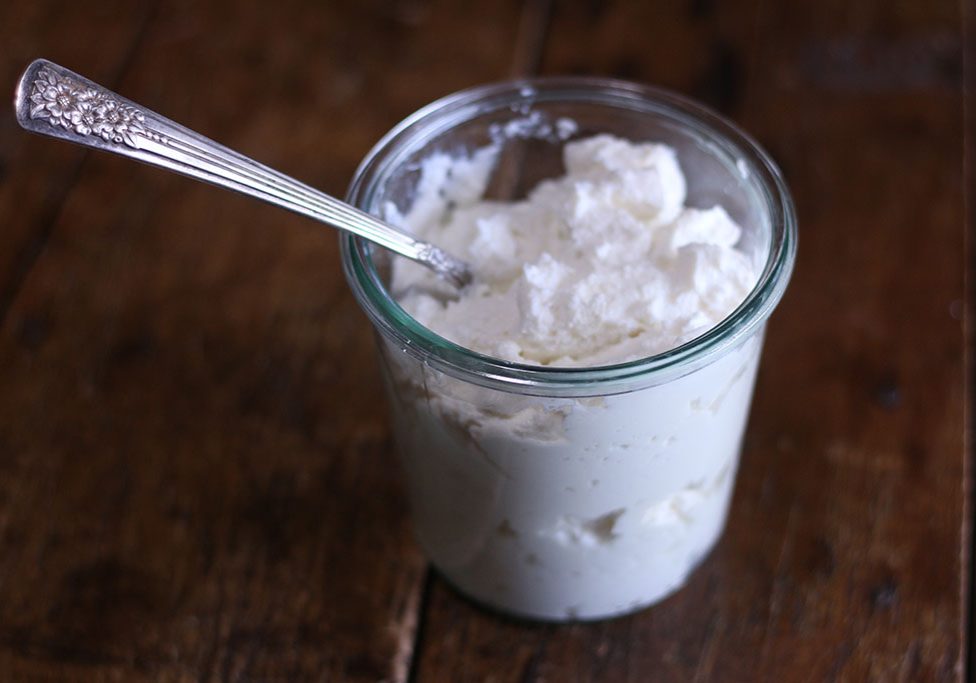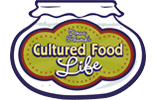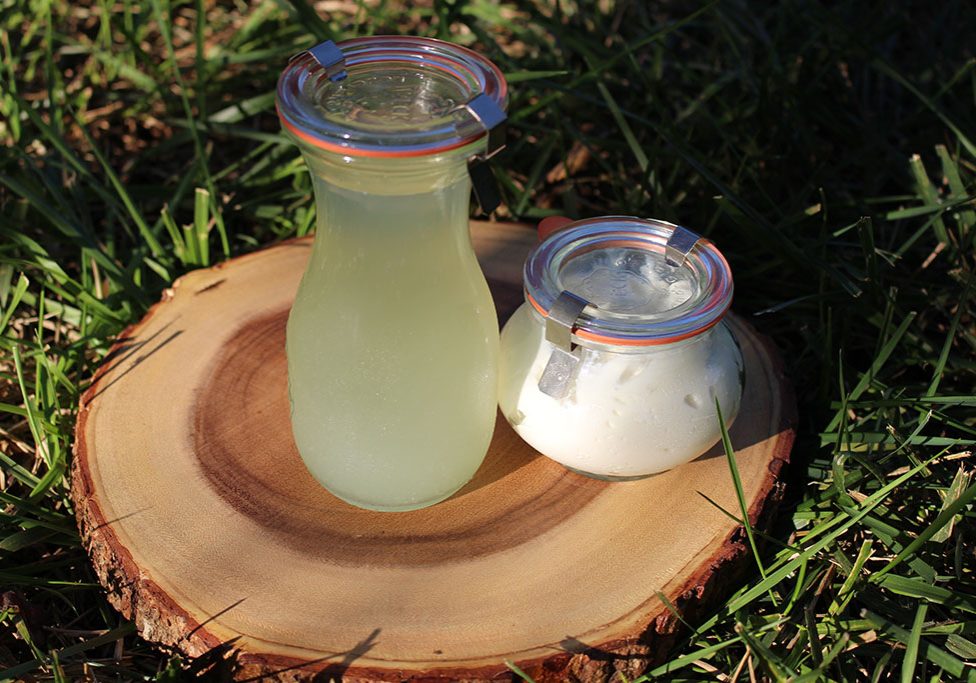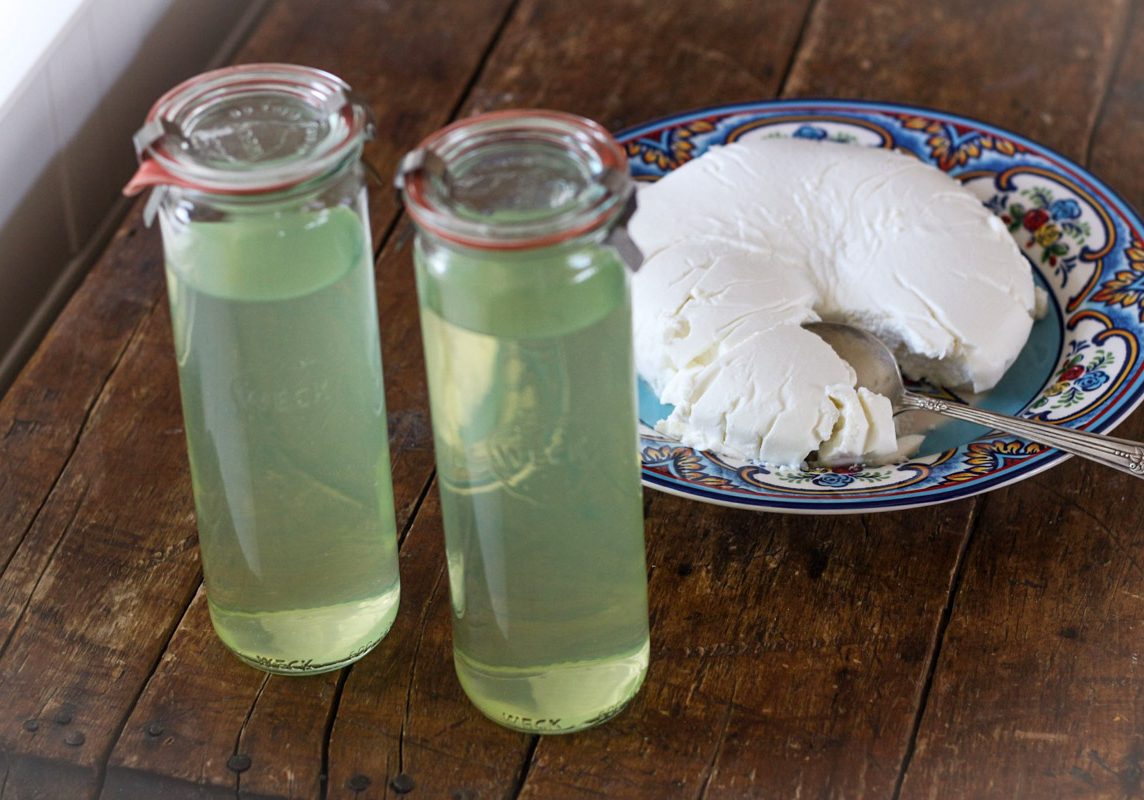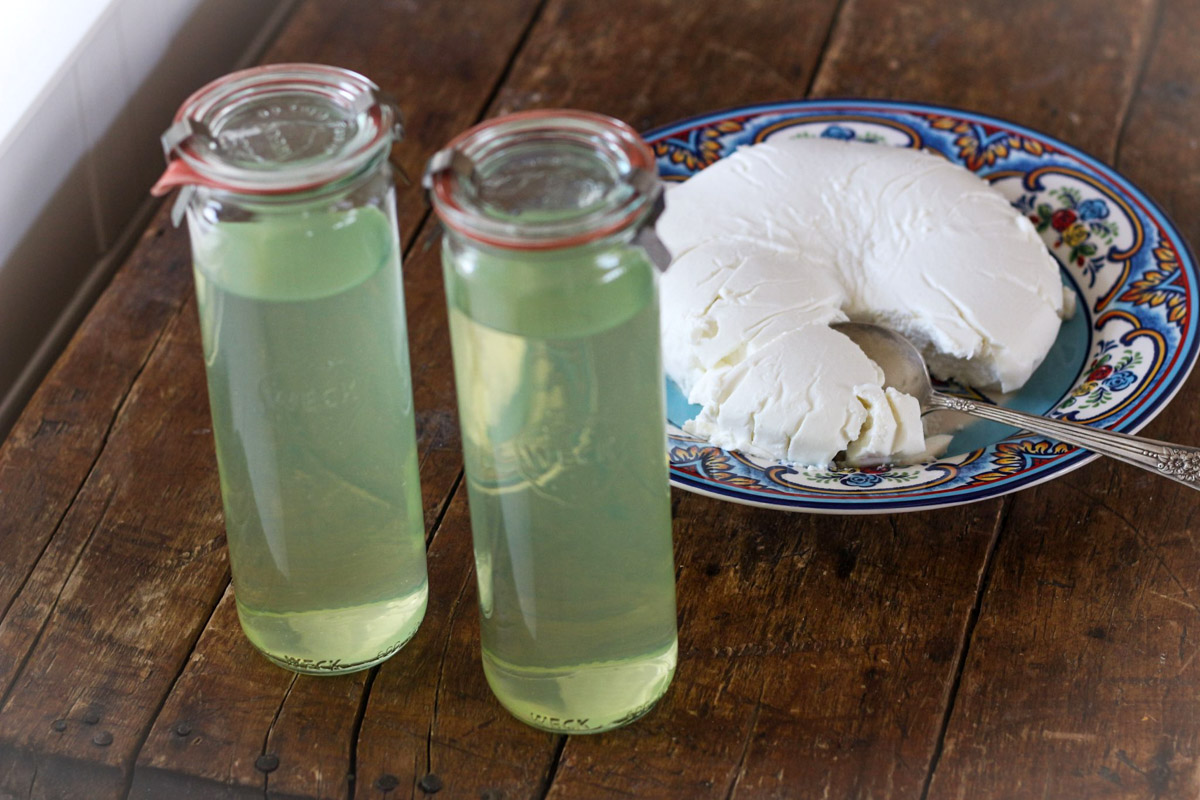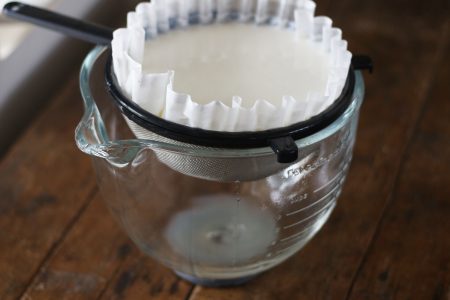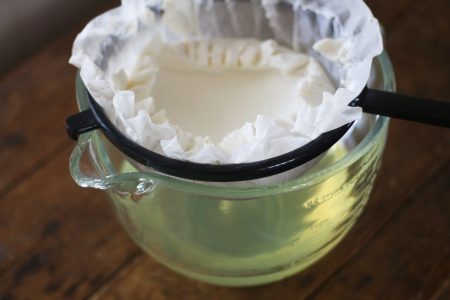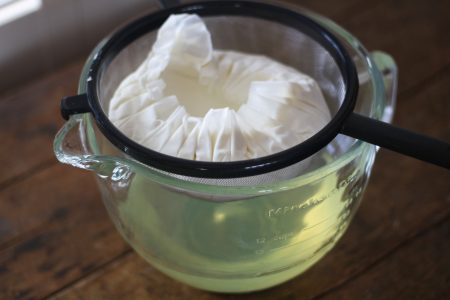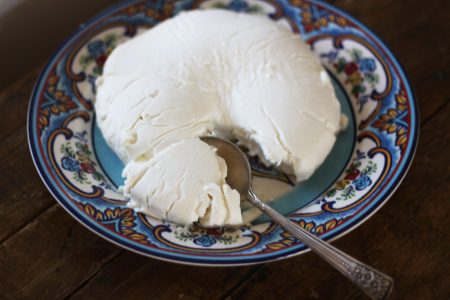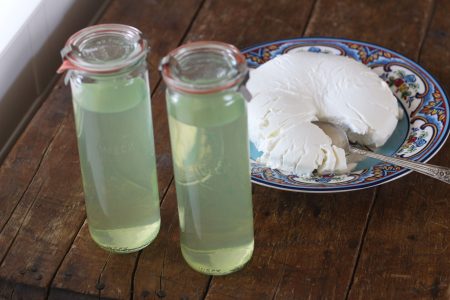
How to Make Kefir Cheese and Whey
Kefir Cheese and Whey
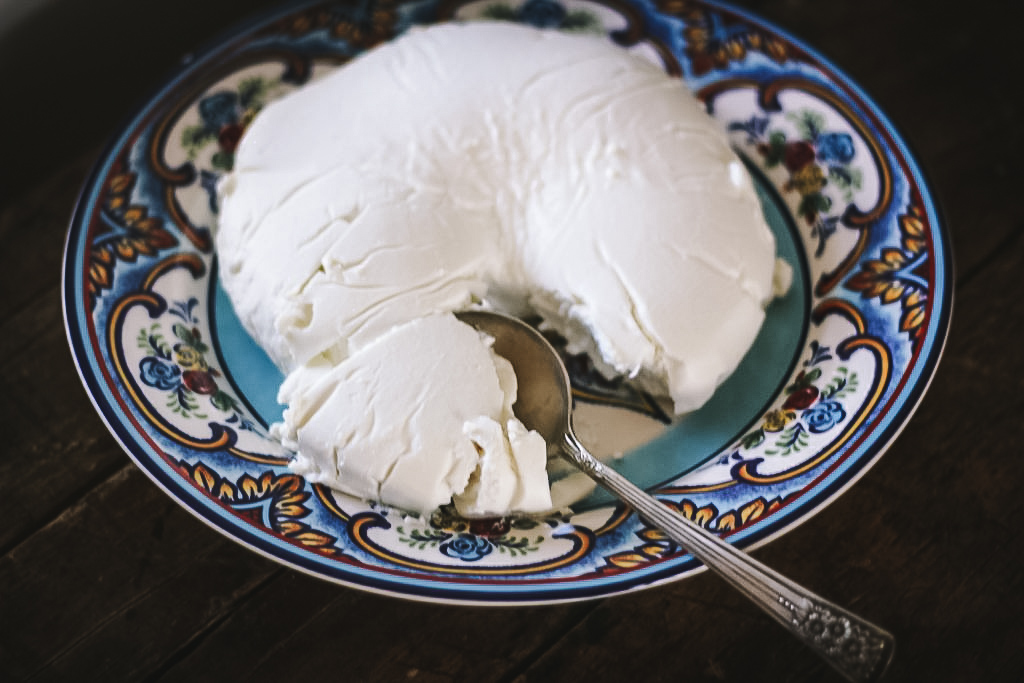 Making kefir whey and cheese is something I do many times a week. It doesn't take long, and the whey will culture a multitude of foods. The whey in kefir has many benefits, so don't throw it out!
Making kefir whey and cheese is something I do many times a week. It doesn't take long, and the whey will culture a multitude of foods. The whey in kefir has many benefits, so don't throw it out!
One of the things I hope to accomplish with this blog is to make it easy and commonplace to have cultured foods as part of your everyday life. Let's face it - if it is too hard or complicated, most people are not going to do it. So if I can teach you a few things to make life easier, hopefully you will start making and enjoying these life-giving foods. Kefir cheese is easy to make and something you'll want to keep on hand. It can replace sour cream and even cream cheese in a lot of recipes.
Kefir has so many probiotics, at least 30, and that does not even account for the good yeasts that you get too. So grab your kefir, a bowl, and a coffee filter and we are ready to begin. Easy, I promise. Let's Make Kefir Cheese!
Nutritional Information
Carbohydrates, Fats, and Proteins
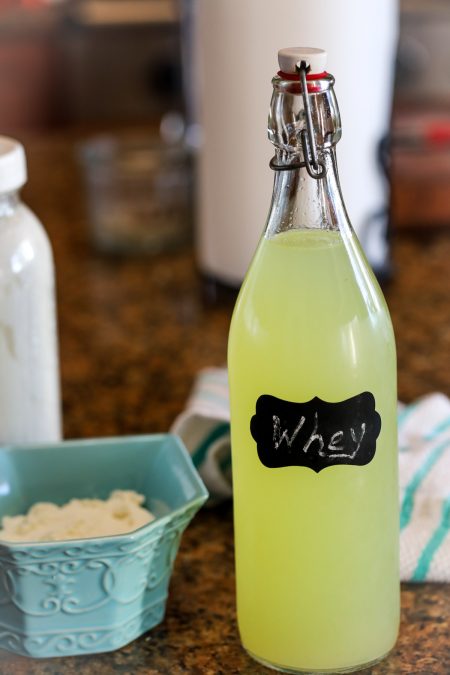 When you make kefir cheese, the whey has most of the carbs and the cheese has most of the protein.
When you make kefir cheese, the whey has most of the carbs and the cheese has most of the protein.
So the breakdown goes like this: based on 1 cup of fat-free milk; the whey contains 83% carbs; 3% fat; and 14% protein.
The whey liquid is carbohydrates in the form of lactose or milk sugar. A 1-cup serving of regular whey contains nearly 12.6 g of carbs, accounting for three-fourths of its roughly 67 calories The other calories are from fat 0.9, and Protein 2.1.
Now, this changes through lactic acid fermentation significantly lowering the carbohydrates depending on how long it is fermented. During the process of fermentation, microorganisms such as bacteria and yeast convert organic compounds – such as sugars and starch – into small amounts of alcohol or acids. For example, much of the starches and sugars in milk kefir, cultured vegetables, and kombucha are converted to lactic acid and this lactic acid acts as a natural preservative keeping out pathogens and foodborne illness. Lactic acid is an organic molecule. Its chemical formula is C3H6O3. Lactic acid has the same proportion of carbon, hydrogen, and oxygen as carbohydrates but it is technically not a carbohydrate.
One cup of kefir cheese made with non-fat milk has roughly 30 calories: 1 gram of fat, 3.5 grams of protein, and 1-2 carbohydrates. This can change based on the length of fermentation and the type of milk you use.
One cup of kefir whey made with non-fat milk has roughly 37 calories: 1 gram of fat, 2 grams of protein, and 5 carbohydrates. This can change based on the length of fermentation and the type of milk you use.
One cup of kefir cheese made with whole milk or curds would have 61 calories, 4 grams fat, 6 grams protein, and 1-2 carbohydrates.
One cup of kefir whey from whole milk is 44 calories 3.5 grams fat, 2 grams protein, and 1-2 carbohydrates. This can change based on the length of fermentation and the type of milk you use.
Kefir is considered 99% lactose-free since the milk sugars are significantly lowered to 1-3 carbs per cup serving. This is why you get a sour taste - the milk sugars are lowered through lactic acid fermentation.
Listen To My Podcast
Whey has been called liquid gold, and it has been used throughout history to help with many diseases. It's a superfood that can help with a myriad of ailments. Kefir cheese has many wonderful properties too. Let me show you the many properties and ways to use this wonderful food!
Kefir Cheese & Whey
Equipment
Ingredients
- 2 - 4 cups Kefir - For each cup of kefir, you will get ½ cup of cheese and ½ cup of whey. Please note that we don't recommend using kefir made from goat's milk.
Every ingredient with a link was selected by me to make it easier for you. I may receive a small affiliate commission if you buy something through my links. Thank you! ❤️
Instructions
- Place a basket-style coffee filter in a strainer and place the strainer in a bowl. Pour prepared kefir into the coffee strainer. The bowl will catch the whey which is the liquid that will drop through the filter. Leave uncovered and place it in the fridge overnight.
Notes

Are you on the list?
Sign up today and I'll send you my free Getting Started Guide!
Each week I'll send you updates, tips, recipes, and more! You might even be a winner of my weekly giveaway! (starter cultures, memberships, and more!)
Come be a part of my cultured food family!

